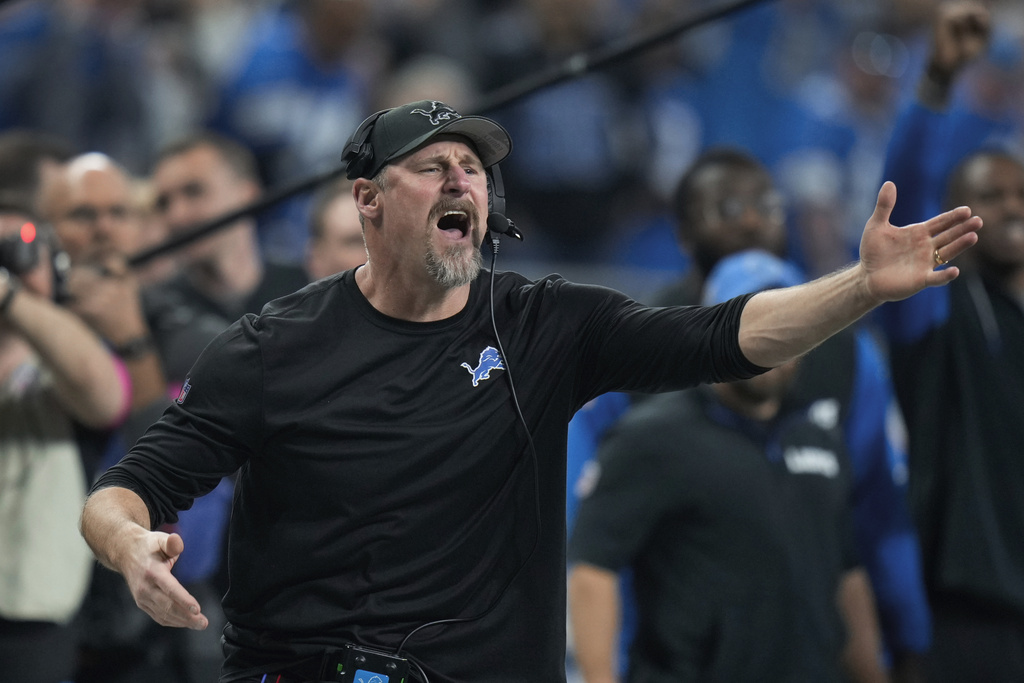
Hot Streaks and Achievements
- *63%* 45 of 72, *62%* 54 of 87, *62%* 88 of 141, and *62%* 100 of 162 All-Sports run through 12/5
- *70%* 21 of 30 College Football and *70%* 16 of 23 CFB 25* runs through 12/5
- *57%* 64 of 112 NFL run, *59%* 38 of 64 NFL sides through 12/6
Biography
Frank Sawyer’s Hollywood Sports offers unmatched handicapping analysis over a diverse array of sports for his A-List clients.
Active since: 1997
Location: Las Vegas, NV
Frank Sawyer founded Hollywood Sports in 1997 at the urging of his celebrity clients, who recognized (and were greatly benefiting from) Frank’s unique handicapping skill set. Over the last 23 years, Frank’s had such spectacular success — with both his picks and his ever-expanding network of clients — that he relocated his business to Las Vegas, Nevada.
Certainly, Frank has the deep knowledge to find the edge in the numbers, but perhaps his greatest edge results from his drive to outwork his competition. And Frank’s hard work and research is instantly illustrated by the extensive reports that detail his decisions. He does this for two reasons: (1) clients deserve to see the work that goes into a conclusion and (2) Frank’s attention to detail within these reports validates to his clients that he continues to work tirelessly to unearth winning angles.
Also at the core of Frank’s success is a proven methodology. His model starts by investing a significant amount of time analyzing each team in the sports he handicaps to serve as a foundation for that season. Frank then combines his team assessments with empirical situational handicapping angles, along with the latest in cutting edge analytics, to identify value in the betting line.
Frank believes long-term success not only involves a continuous deep-dive into sports that he covers, but also an expansion into new events that can provide additional tools to use in his handicapping toolbox — with the ultimate goal of rewarding his clients for their loyalty over the years. With that ambition in mind, Frank has expanded his areas of interest and scrutiny to include the English Premier League, the PGA Tour, the WNBA, and UFC/Boxing in recent years, to go along with the major four sports of football, basketball, baseball, and hockey (along with the Canadian Football League, Horse Racing, and World Cup Soccer) that he has specialized in since he began Hollywood Sports in 1997.
Frank uses a 10*, 20*, and 25* rating system that also serves a guide for money management: 10* plays warrant a standard bet; 20* plays should see a doubling of that standard bet; while 25* plays are Frank’s highest-rated selections with the recommendation to invest 2.5 times the standard bet. Frank’s signature play is his “A-List” release, which is reserved for rare and elite betting opportunities. For Frank’s futures reports, or for events with odds such as PGA events or horse races, Frank usually offers three recommendations in his betting report: his Best Bet for the event; his Top Overlay Bet which represents his best value play relative to the odds for the event; and his Long Shot Bet for a big underdog which offers value with its potential big payout.
Free $90 of Coupons
for Premium Picks
Registration Required
Shop Picks
NFL - Point Spread - Sun, Dec 14
25* NFC GAME OF THE MONTH!
Frank Sawyer’s Hollywood Sports is on a 5 of 6 (83%) NFL run after DELIVERING their 25* NFC South Total of the Year w...
Frank Sawyer’s Hollywood Sports is on a 5 of 6 (83%) NFL run after DELIVERING their 25* NFC South Total of the Year with the Atlanta-Tampa Bay Over on Thursday — and Frank remains on a 93 of 152 (61%) All-Sports run despite losing with Dallas in the NHL last night! Frank is on a 40 of 67 (60%) NFL sides run — and now he furthers his 4 of 5 (80%) Football Game of the Month/Year mark with his 25* NFC Game of the Month for the Minnesota-Dallas ATS winner on NBC-TV at 8:20 PM ET! DO NOT MISS OUT!$30
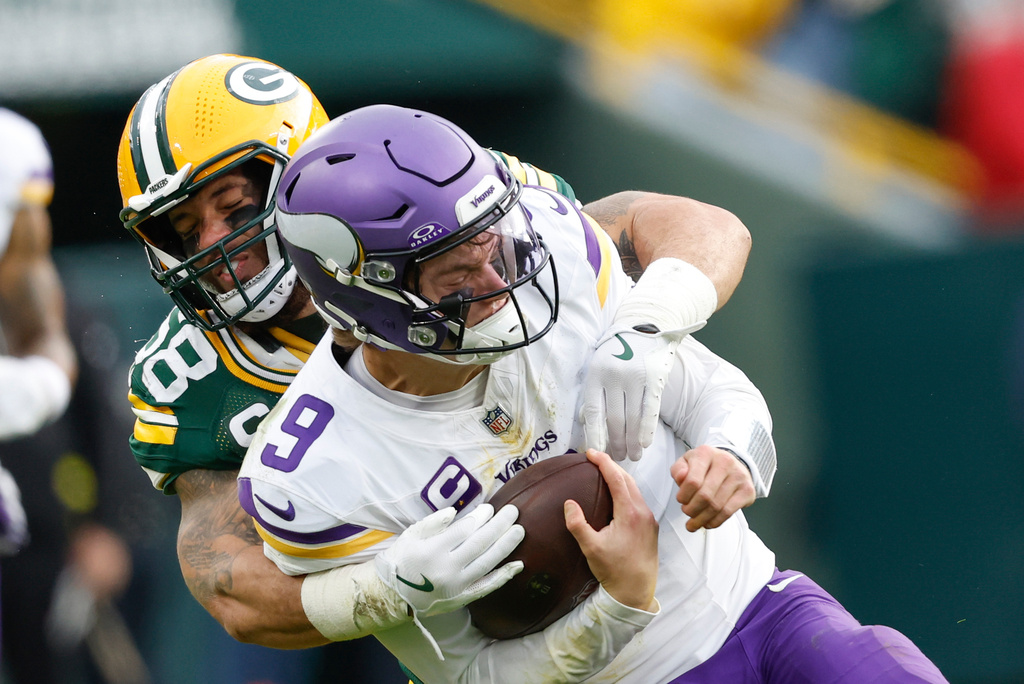
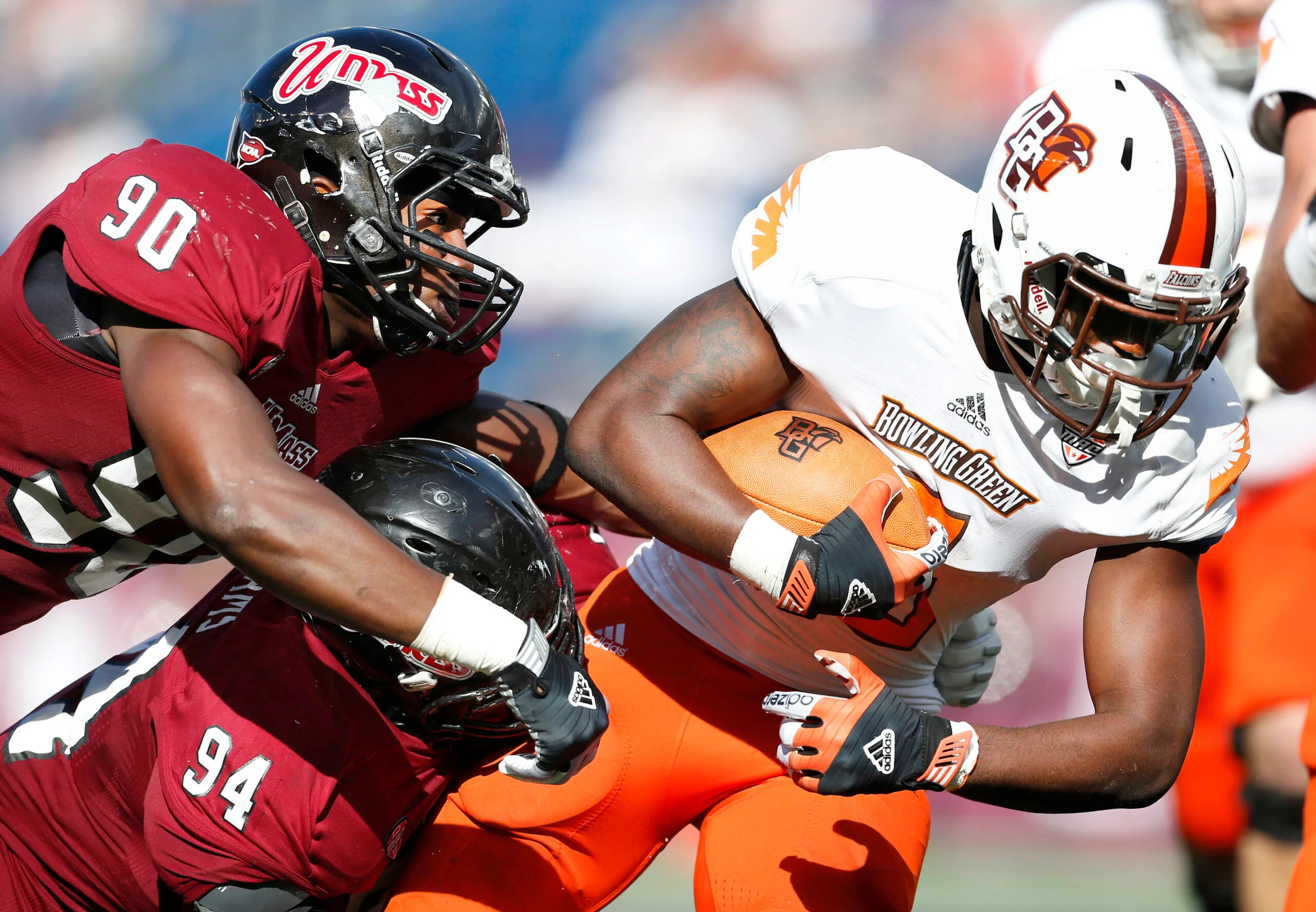
College Football 2025-26 Preview, Part 6 -- 136 Questions and Thoughts for 136 FBS Teams
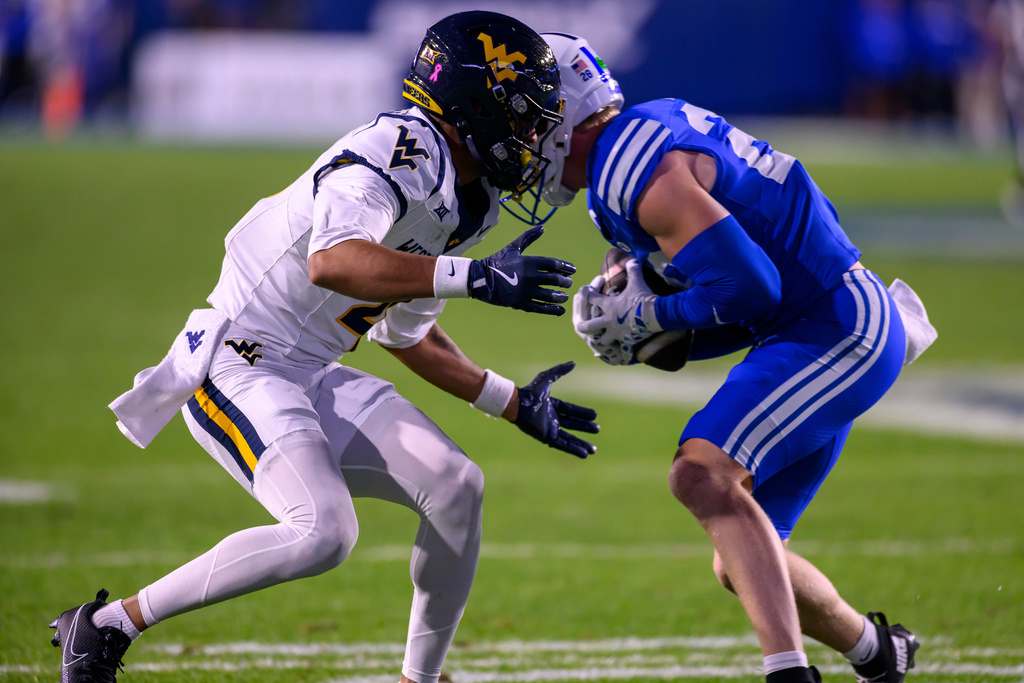
College Football 2025-26 Preview, Part 5 -- 136 Questions and Thoughts for 136 FBS Teams
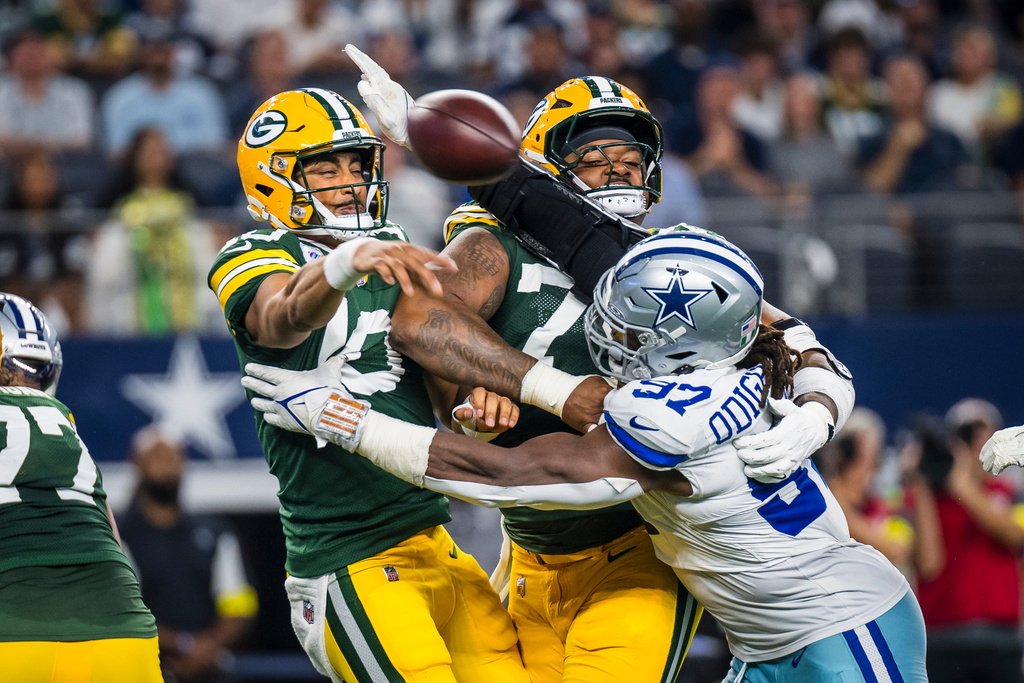
The Canary in the Coal Mine: Green Bay's Fourth Quarter Collapse Against Cleveland
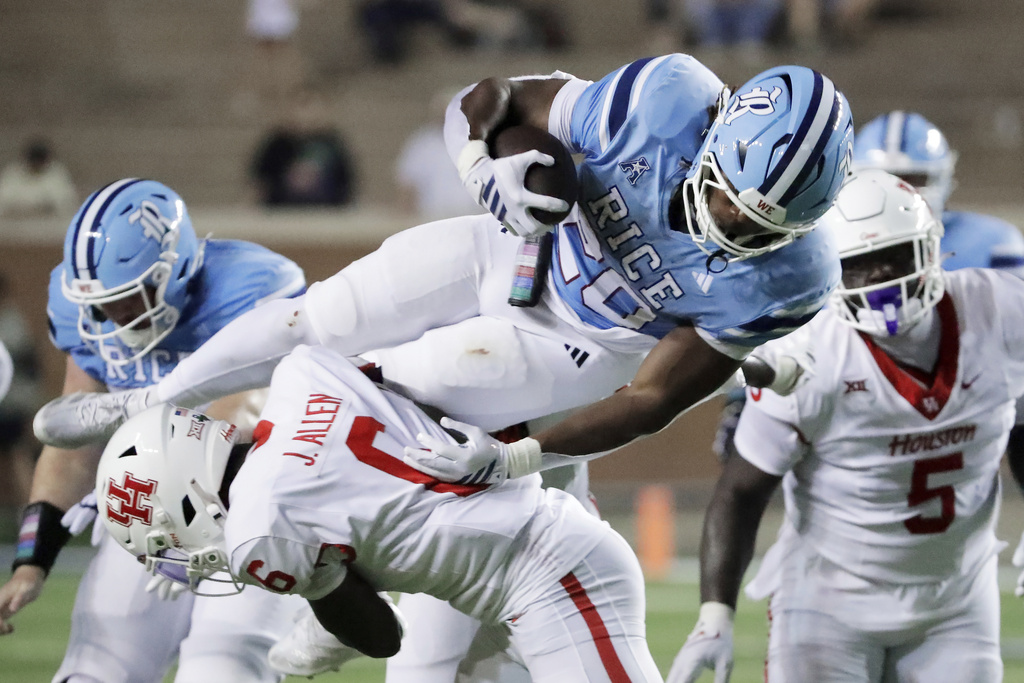
College Football 2025-26 Preview, Part 4 -- 136 Questions and Thoughts for 136 FBS Teams
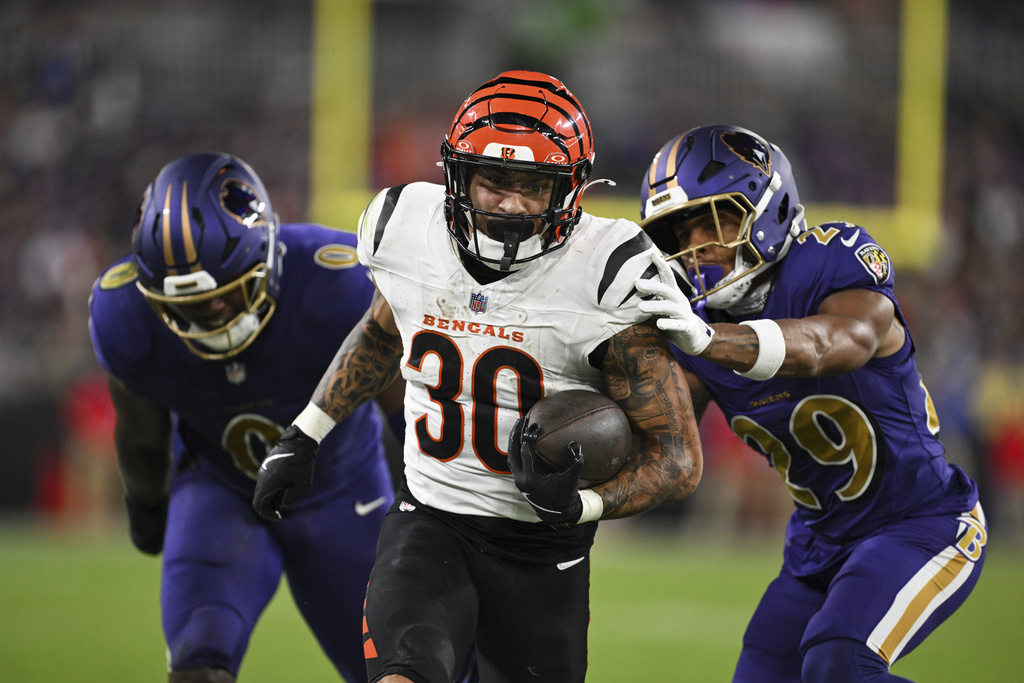
NFL 2025-26 Preview, Part One -- 16 Questions and Thoughts for 16 AFC Teams
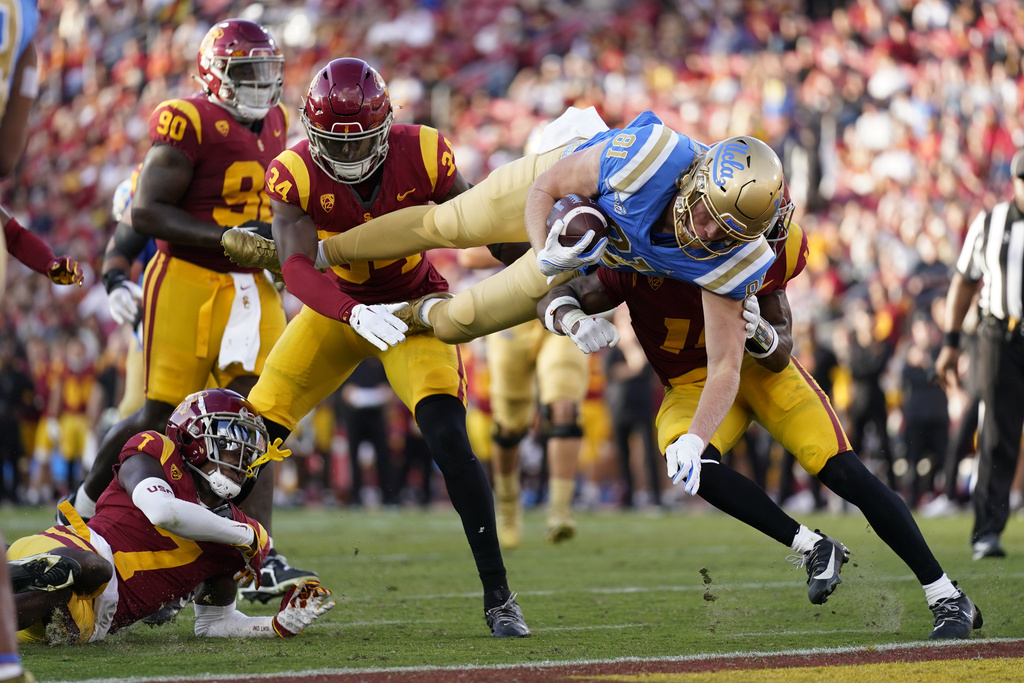
College Football 2025-26 Preview, Part 3 -- 136 Questions and Thoughts for 136 FBS Teams
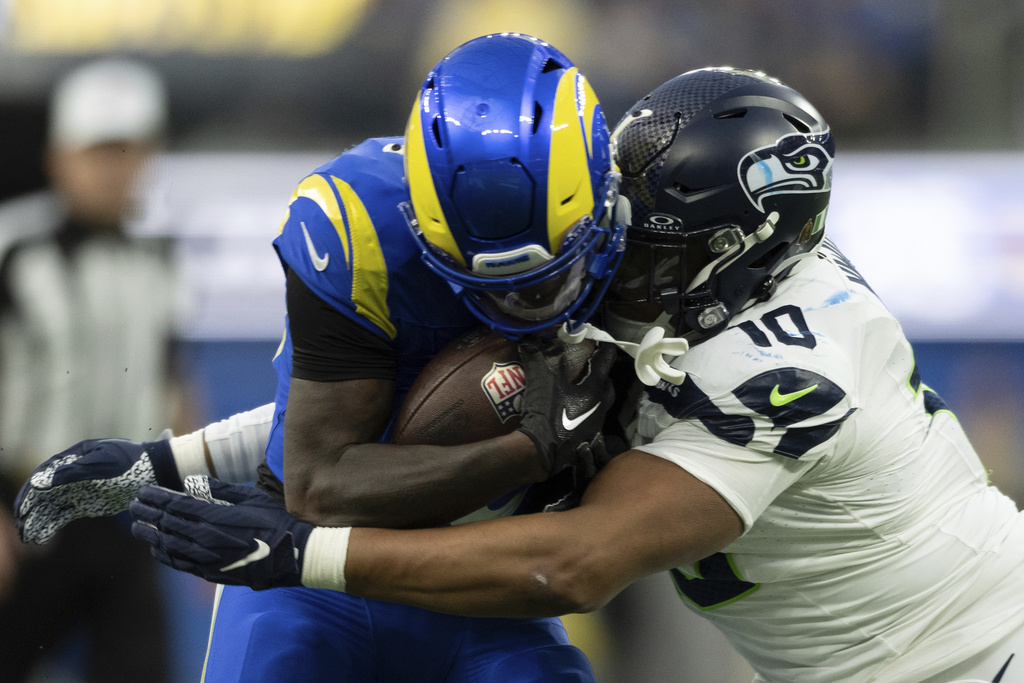
NFL 2025-26 Preview, Part One -- 16 Questions and Thoughts for 16 NFC Teams
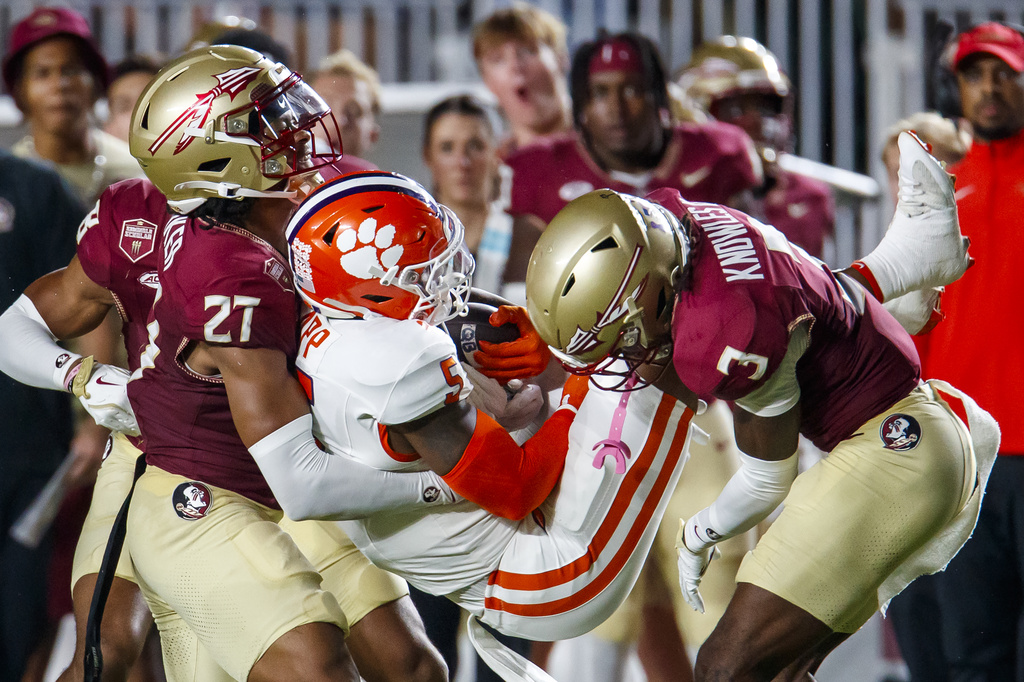
College Football 2025-26 Preview, Part 2 -- 136 Questions and Thoughts for 136 FBS Teams
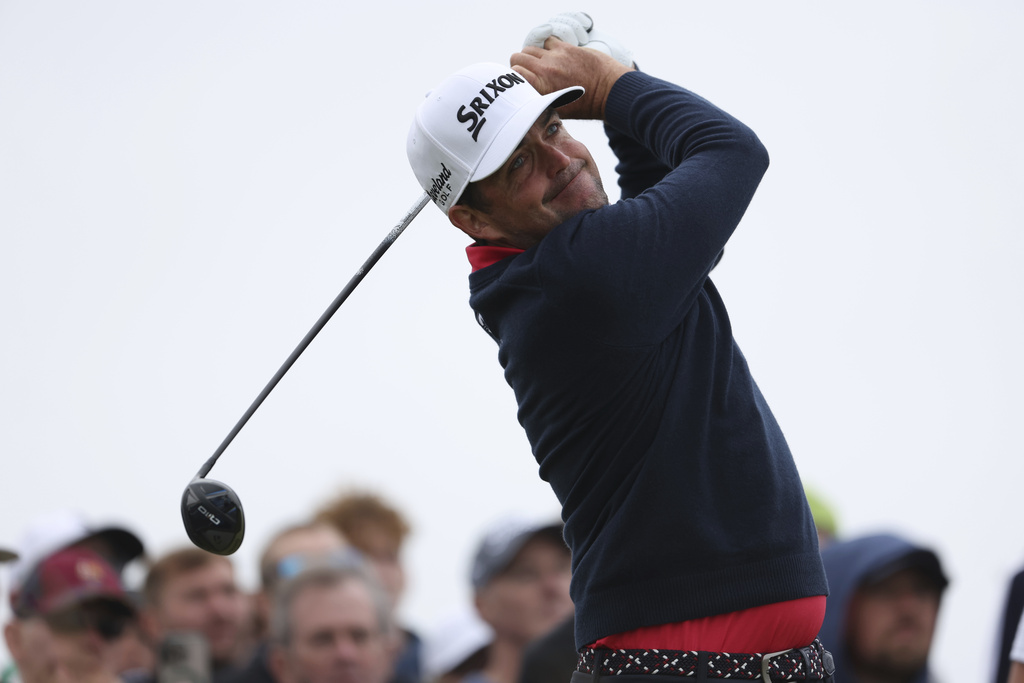
Anatomy of a 35-1 Winner: Handicapping Keegan Bradley at the PGA Travelers Championship

College Football 2025-26 Preview, Part 1 -- 136 Questions and Thoughts for 136 FBS Teams

Why We Backed the Oklahoma City Thunder In Game Four of the NBA Finals
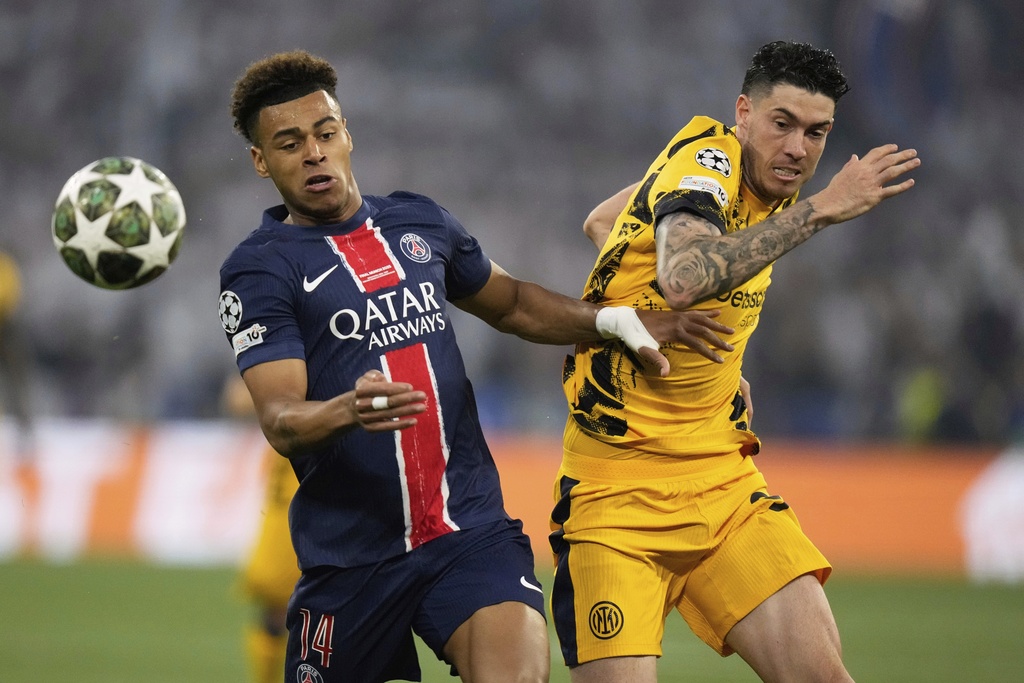
Paris Saint-Germain: Finally Inevitable to Win the UEFA Champions League



The Houston Cougars Under Head Coach Kelvin Sampson: Still Not Reliable to Score Enough Points

Nate Oats' Commitment to The Analytics Lowers Alabama's Potential Once Again

My Secret Weapon in Attacking College Basketball Totals: Opponent Possession Average


